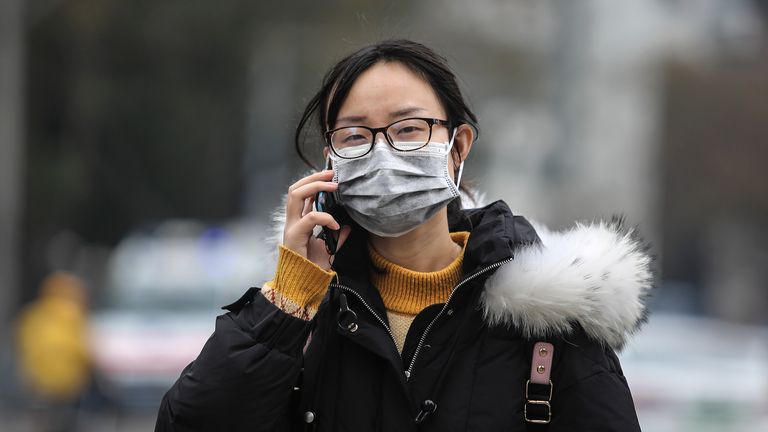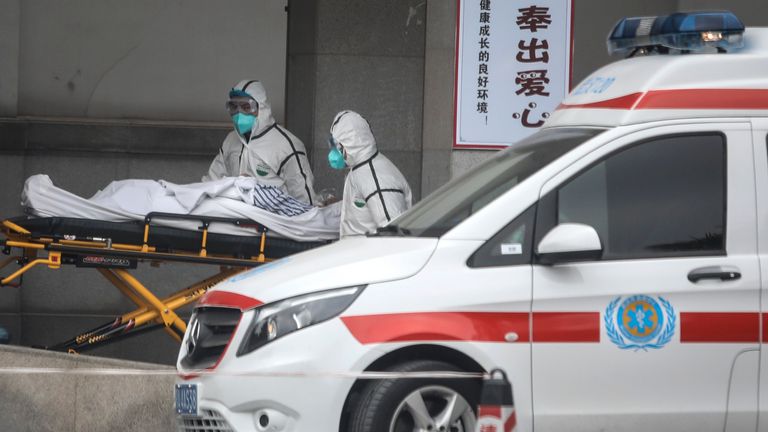Two people in Wuhan have died after an outbreak of pneumonia linked to a new strain of coronavirus which is believed to have started in a seafood market.
On Saturday, Wuhan’s health authority confirmed another four people had the virus. Differing reports now place the total at 45 or 50 cases.
But a report from London’s Imperial College suggests there could be more than 1,723 cases of the infections in Wuhan alone.
The report said: “It is likely that the Wuhan outbreak of a novel coronavirus has caused substantially more cases of moderate or severe respiratory illness than currently reported.
“Self-sustaining human-to-human transmission should not be ruled out.”
Two cases have been reported in Thailand and one in Japan. All three of them had recently been in Wuhan.
Local health authorities and the World Health Organisation (WHO) have not concluded that the virus can be passed from person to person. Officials currently believe it’s spread from animals to people.
Official statistics show 763 people have come into contact with sufferers, and 98 remain under observation.
The United States and most Asian countries have stepped up screenings of people travelling from Wuhan and the WHO has warned hospitals worldwide that a wider outbreak is possible.
Passengers arriving at Los Angeles, San Francisco and JFK airport in New York City will have their temperatures taken and be asked about symptoms.
Authorities are keen to avoid a repeat of the SARS (severe acute respiratory syndrome) outbreak in 2002/3, which also originated in China. SARS killed 800 people worldwide.
There are concerns as many Chinese people will be travelling for the lunar new year around 24 January, with 400m people making 3bn trips.
Most of those trips will be migrant workers returning to their home towns, but others will be people going overseas.
Hospital authorities and police have warned people against speaking about the virus online or to the media, with eight people “dealt with” earlier this month after sharing information online.






